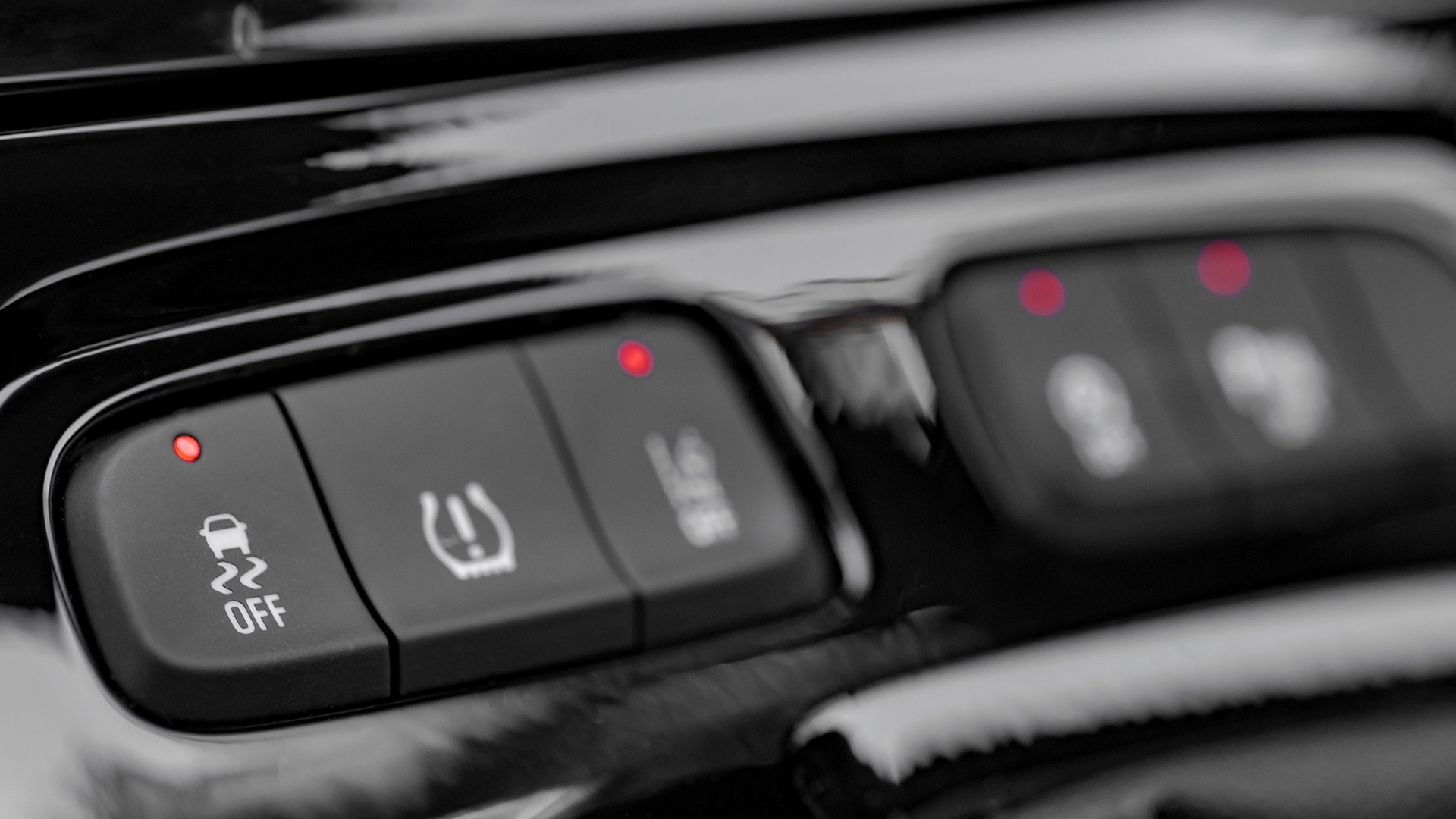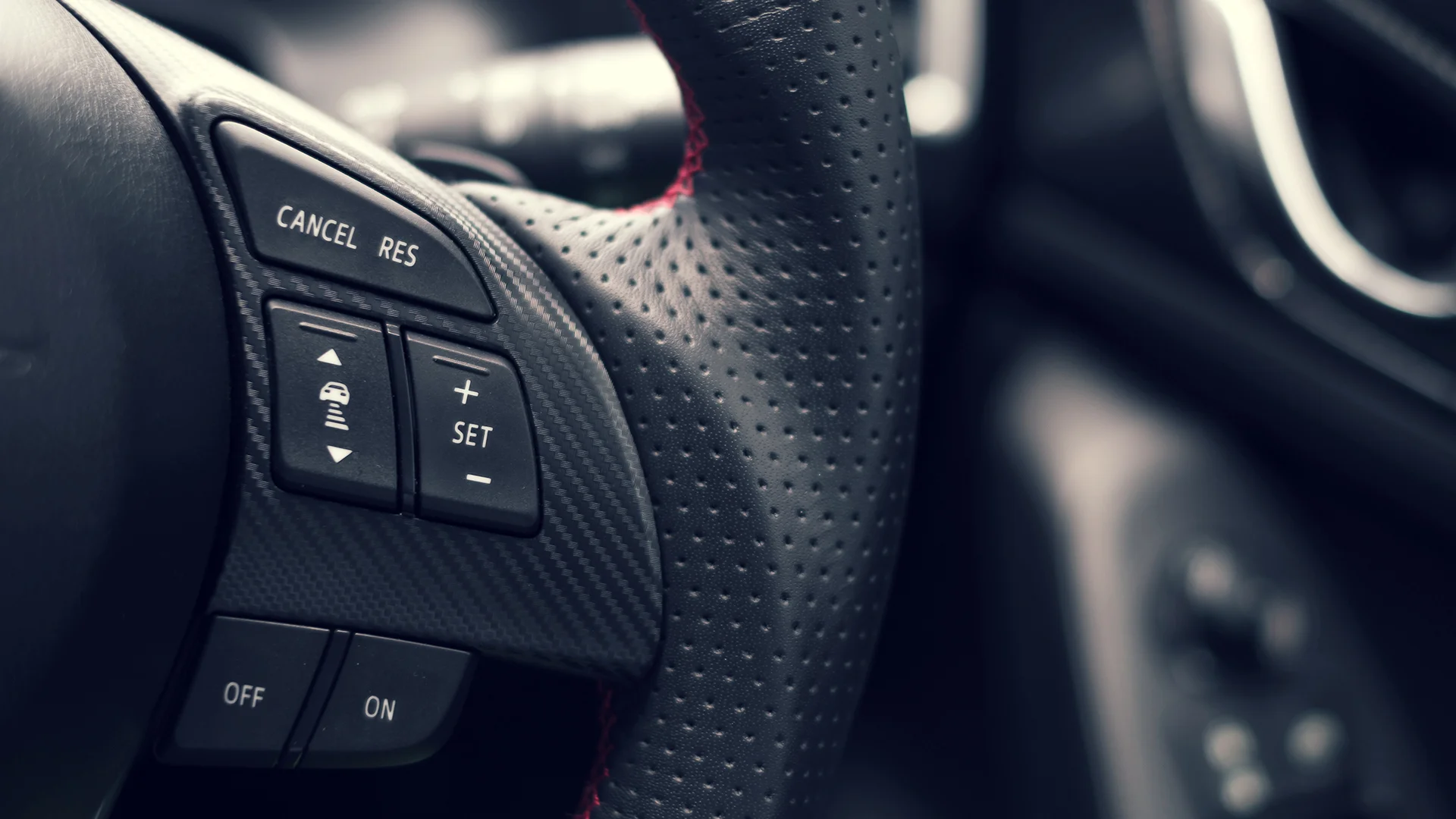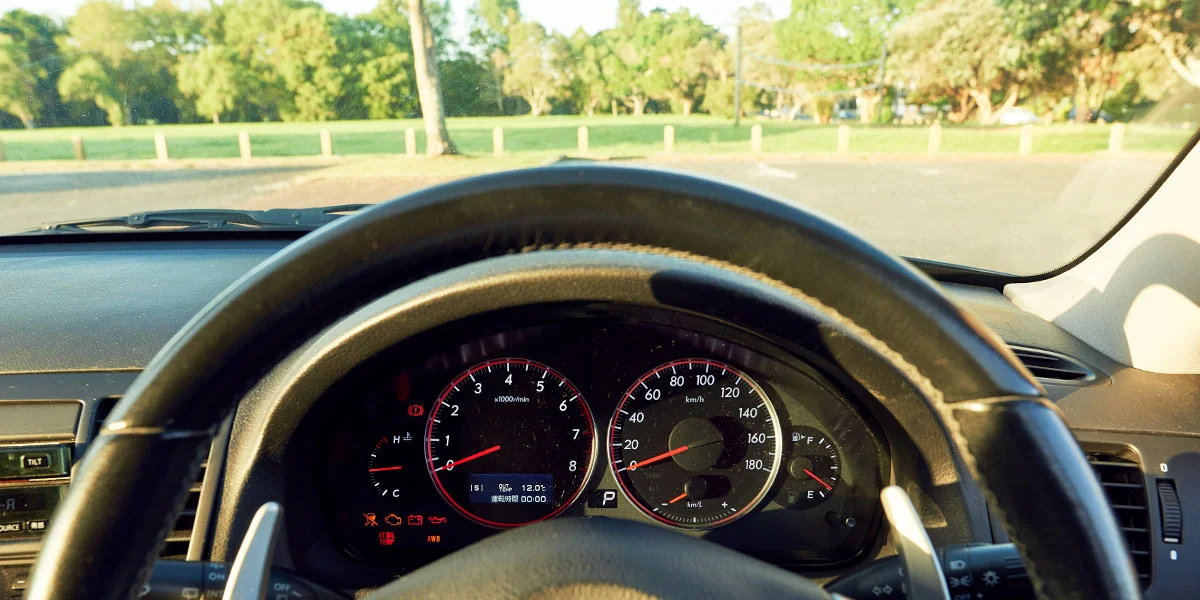Feature article
What is Electronic Stability Control?
What’s Electronic Stability Control and why is it so important? We break down all of the key information.
If you inspect the dash of almost every modern vehicle, you’ll find a button that looks like a little car with skid lines trailing behind it. This is a button you never want to push. Why? Hold it for a few seconds and it’ll disengage Electronic Stability Control (ESC). ESC is arguably the most important piece of safety technology to make its way into vehicles since the airbag.
What does it do?
ESC is a system that helps drivers keep control of their vehicle when it begins to lose traction – since July 2015 it’s been mandatory on all new vehicles sold in New Zealand. And, as of March 2020, it’ll be mandatory on all new and used imports too.
How does it do it?
ESC uses a range of sensors in the vehicle to identify when it is not doing what the driver wants it to do, and assists in bringing the car back into line with where it thinks it should be going.
The three key sensors are:
- steering wheel input – which tells the car where you intend it to go
- a yaw sensor – which tells the car which direction it is actually going to
- wheel speed sensors – which tell the car which wheels have traction on the road surface.
The systems can make individual wheels brake to bring the car back into line. If, for example, the driver is turning left but the car is going right, the system may slow selected wheels of the car to encourage it in the required direction. If the tail of a car is braking traction due to the application of too much power, it may reduce engine output.
Does ESC improve safety?
Massively. The NZ Transport Agency says international research shows the technology can reduce ‘loss-of-control’ accidents by 20-30%.
The amount of suffering the agency expects the technology to save is huge. Making it compulsory on cars is forecast to prevent approximately 410 deaths and 1890 serious injuries over the next two decades. A further 22 lives will be saved, and 102 people spared from serious injury by making it compulsory on light commercial vehicles.
How can I tell if my car has ESC?
When buying a car, ask. It is often noted in the Trade Me vehicle listing as well.
You can check your car for the little button we mentioned earlier. Also, when you turn on your car the same symbol should show on your dashboard, then switch off when the car is running. If it stays lit, it may mean there’s an error.
ESC is known by other names across vehicle brands, including:
- Automatic Stability Control
- Dynamic Stability Control
- Electronic Stability Control
- Vehicle Dynamic Control
- Vehicle Stability Control
- Vehicle Skid Control.
Should I ever turn ESC off?
On the road, there is no good reason to ever turn ESC off. In fact, unless you ever find yourself in controlled conditions whereby you’re deliberately trying to lose traction, you should always keep it switched on.
Some sports-focused vehicles have systems that’ll reduce the level at which ESC will intervene, but even these settings are best left for controlled conditions.
Quite simply, ESC is helping to keep you safe so keep it on!
Other articles you might like



